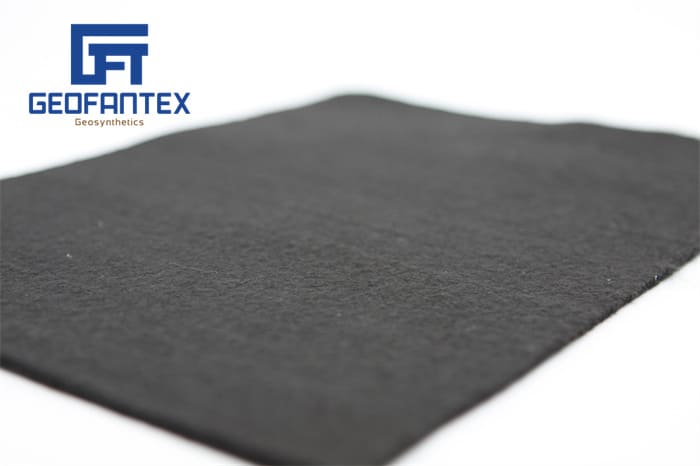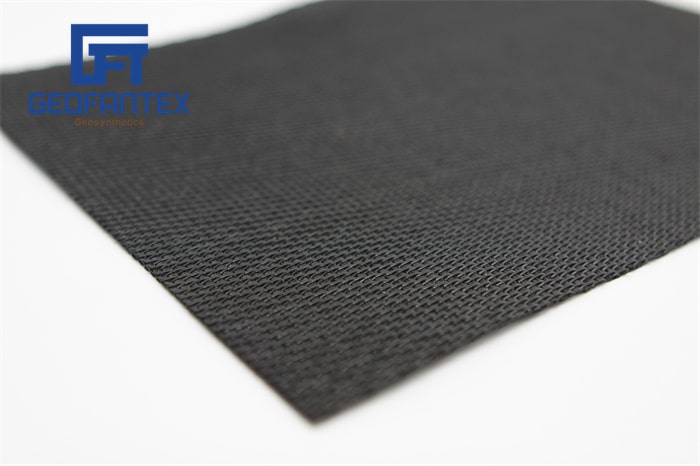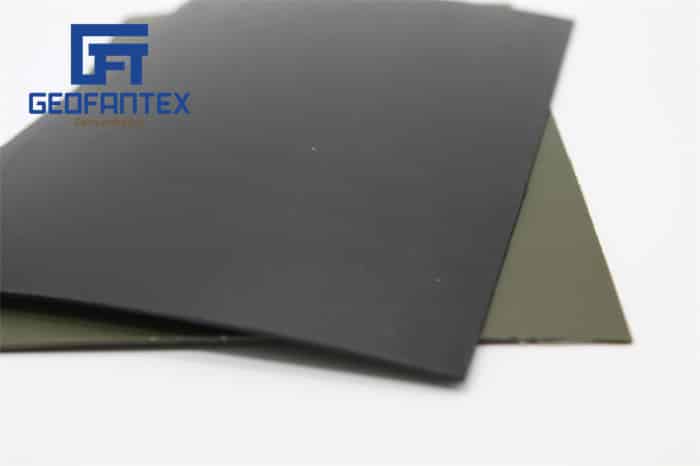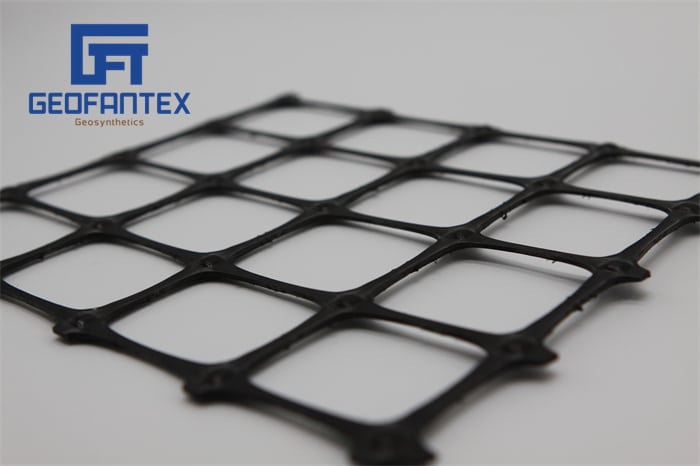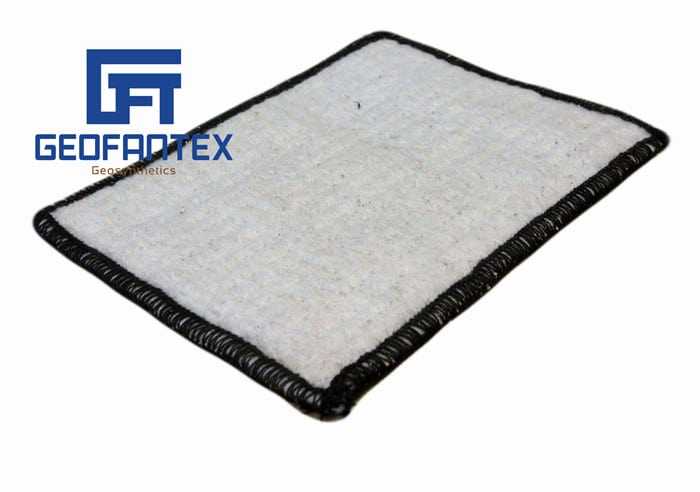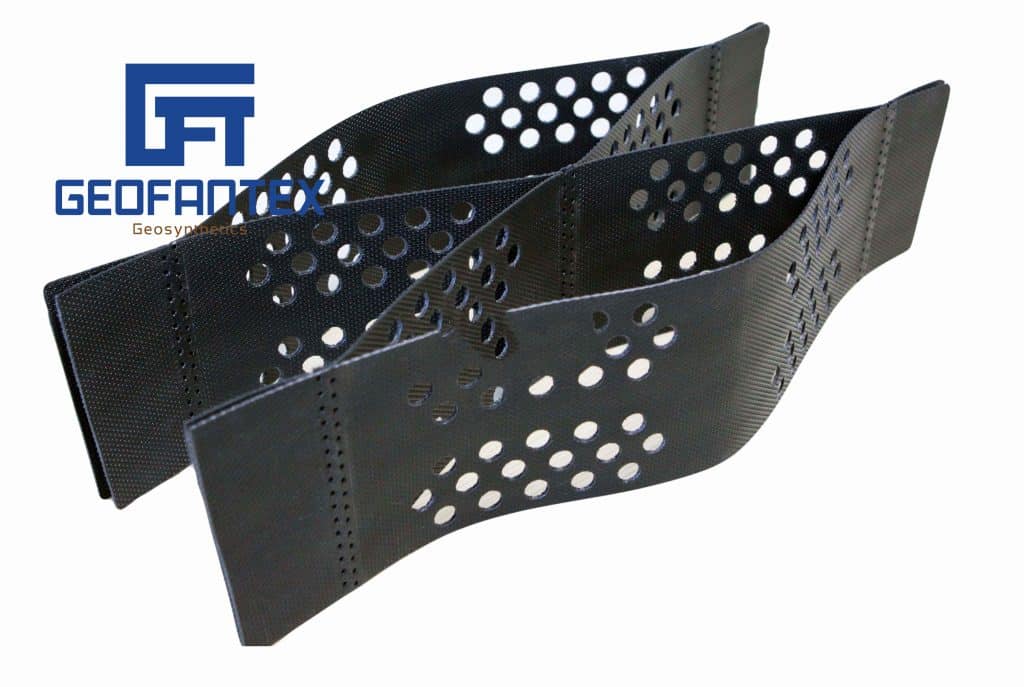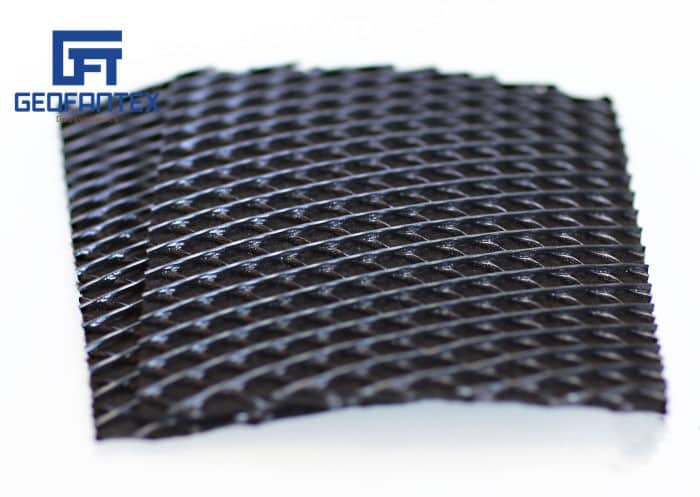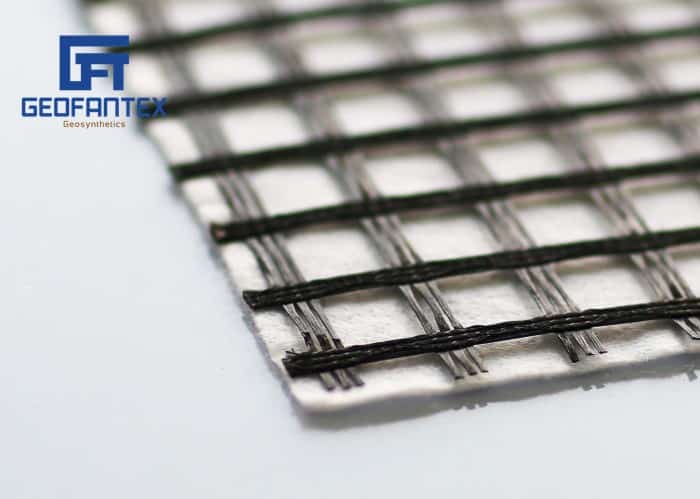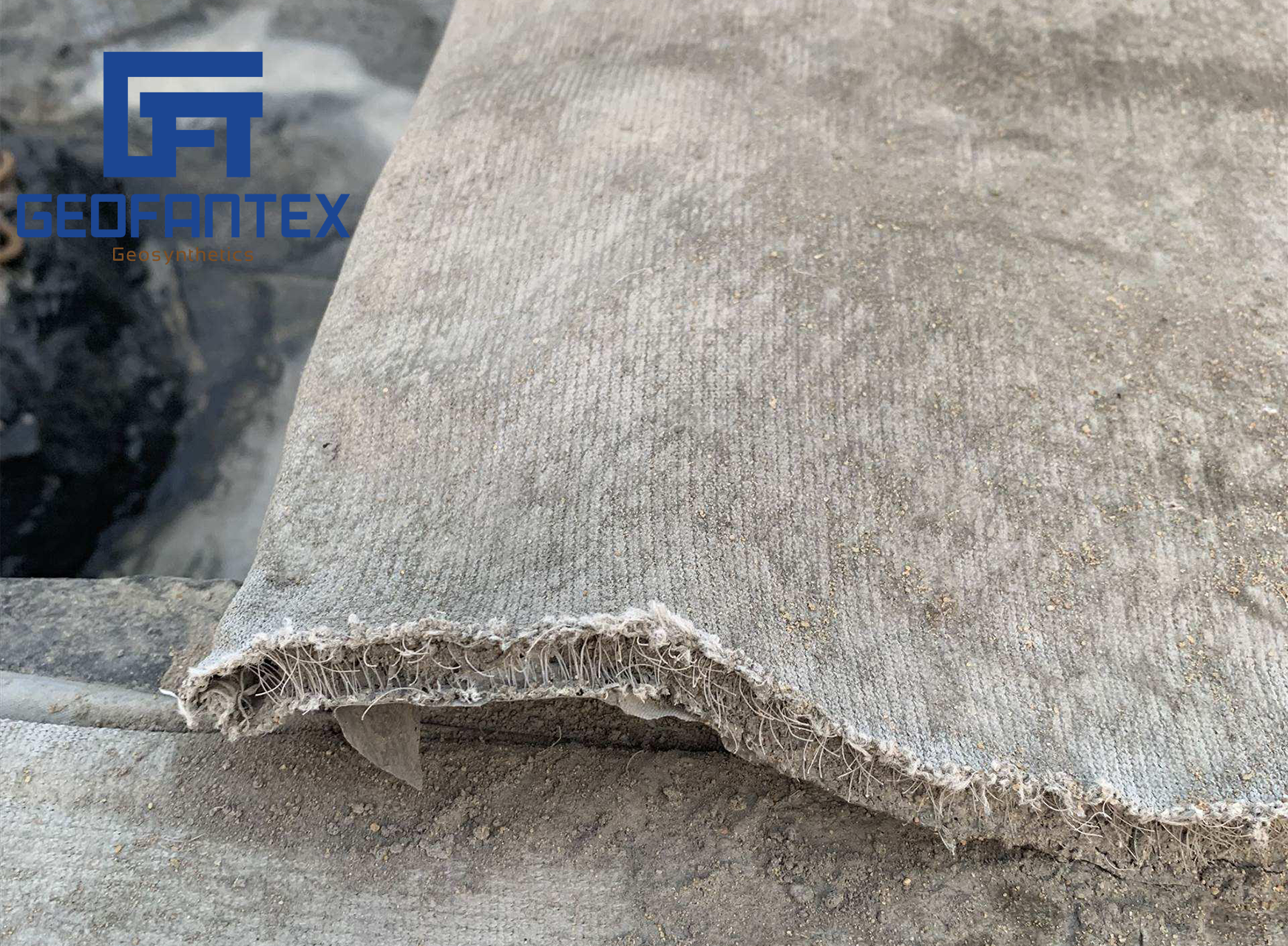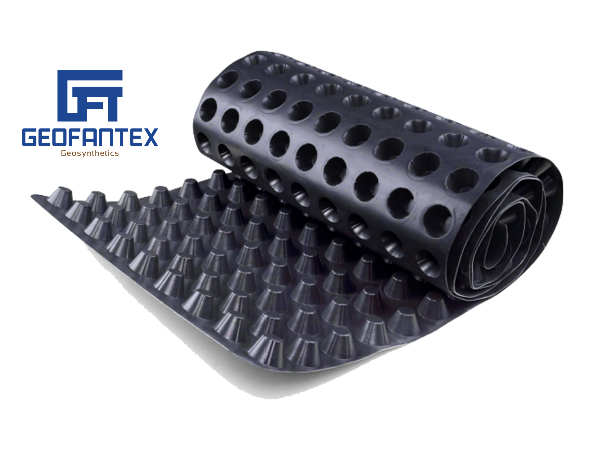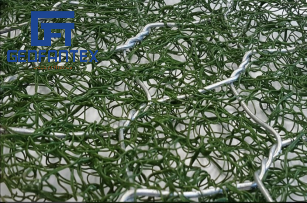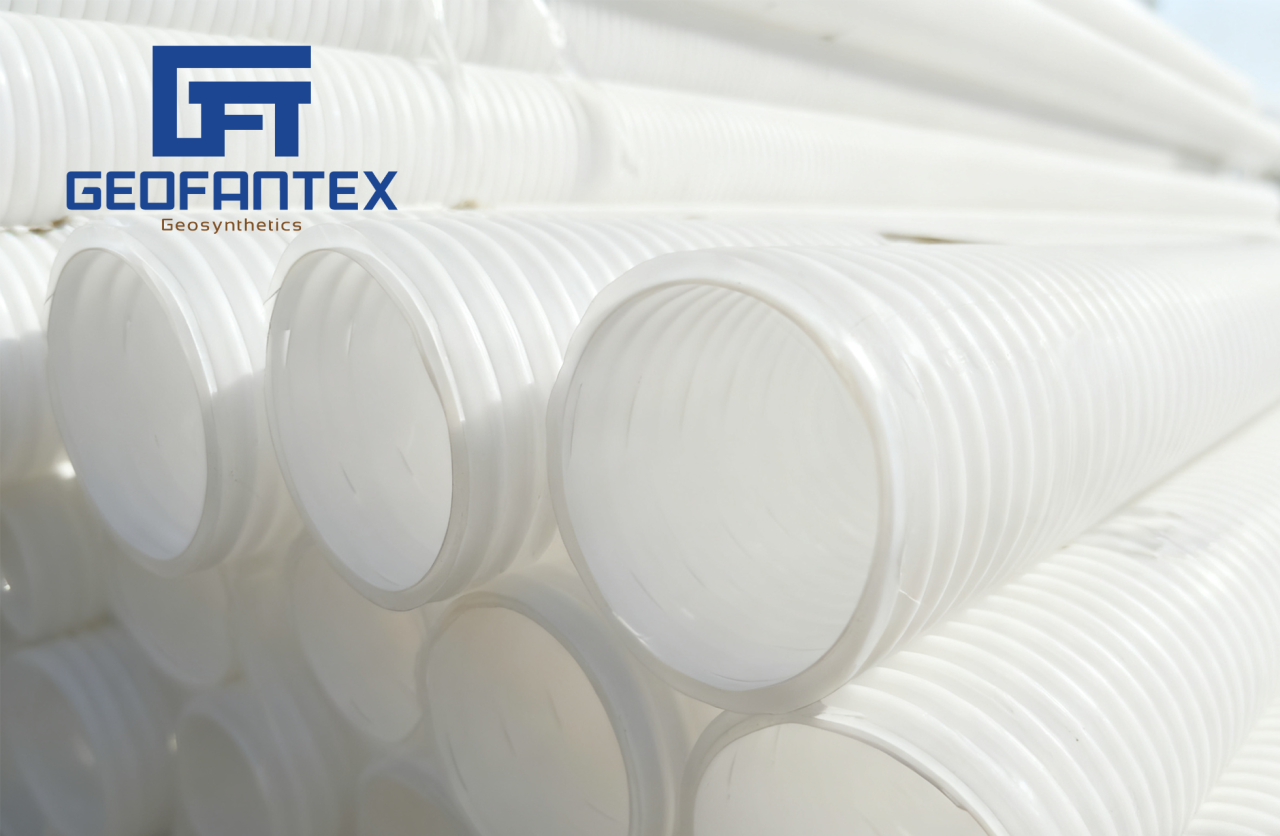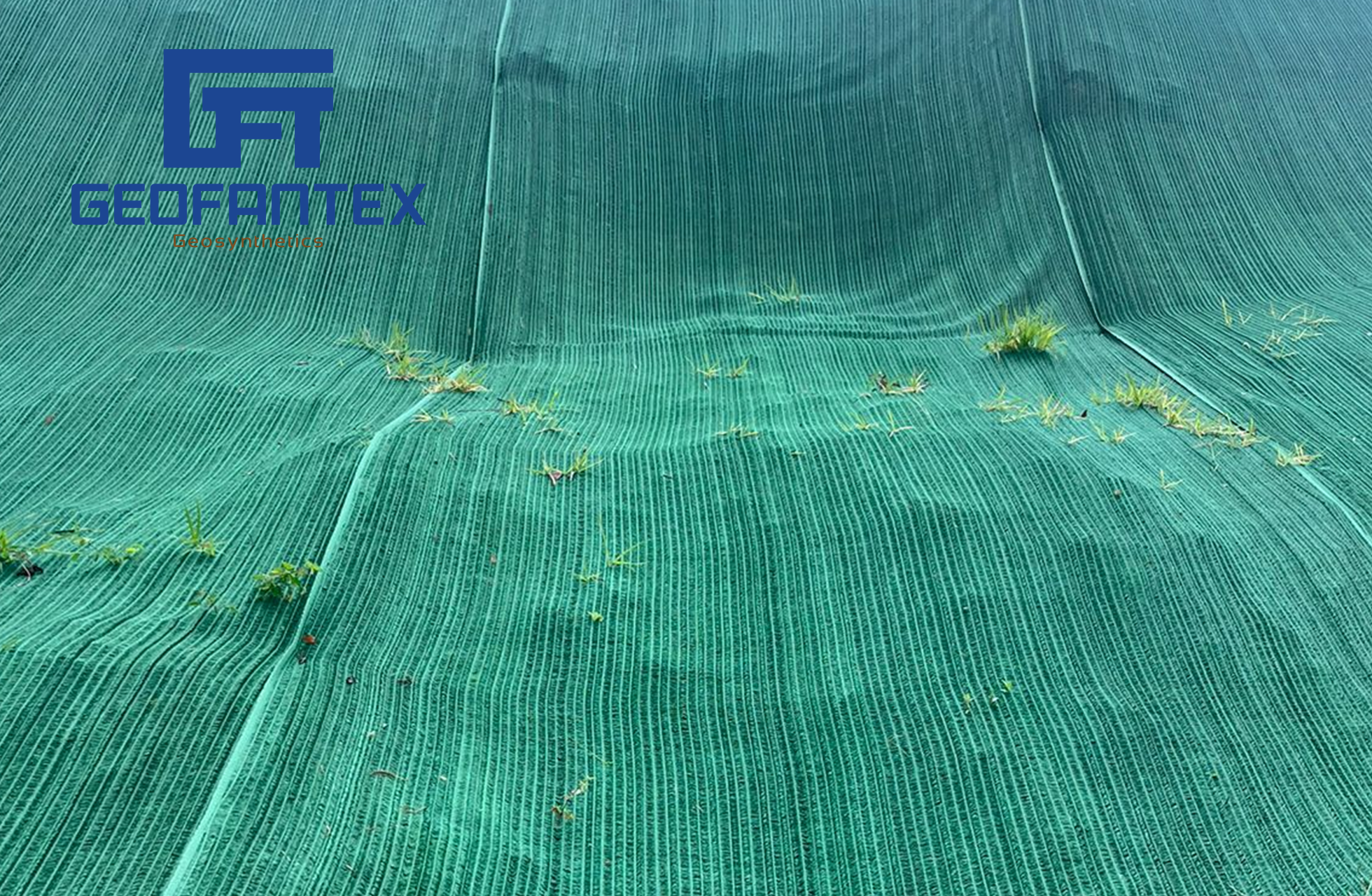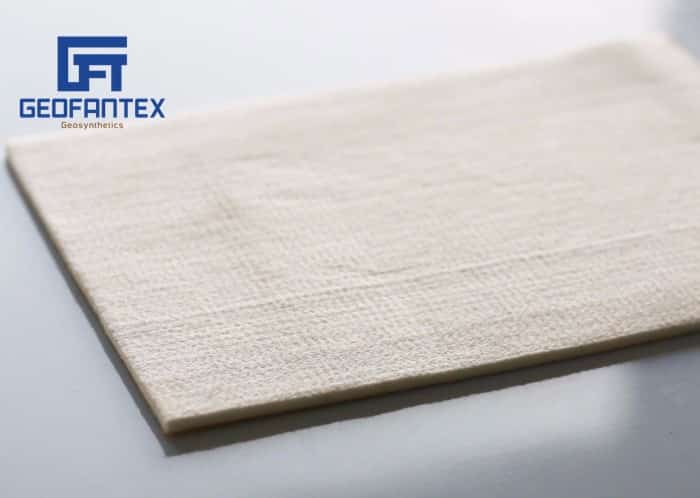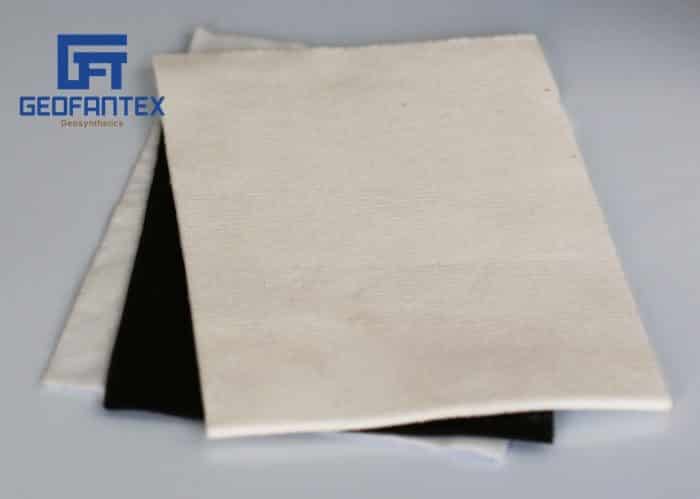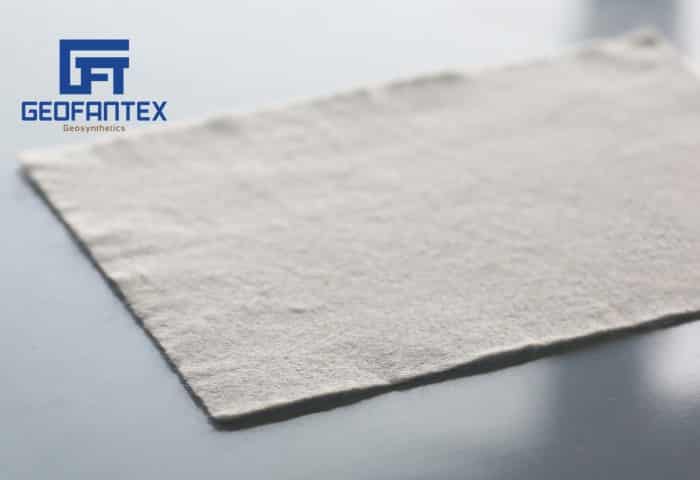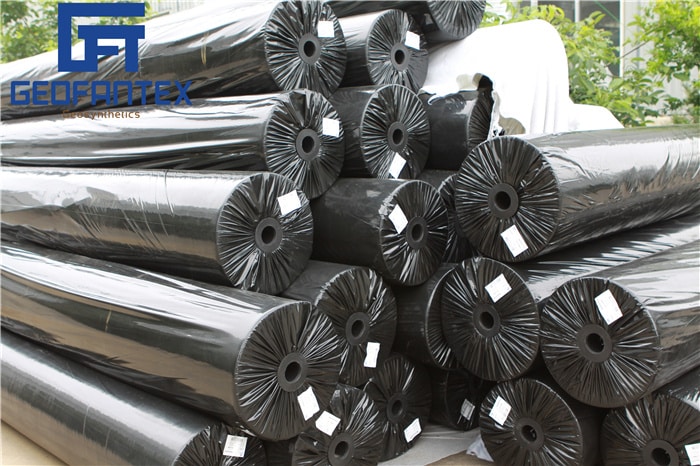+86-159 9860 6917
info@geofantex.com
geofantex@gmail.com
+86-400-8266163-44899
In the world of geosynthetics, geocell retaining walls have become an essential solution for enhancing the stability and durability of soil structures. Geocell technology, an innovative approach to soil reinforcement, utilizes a structure that stabilizes slopes using a network of interlocking cells filled with soil or other materials. This method is revolutionizing the construction and landscaping industries by offering cost-effective and sustainable options for retaining walls. In this article, we’ll address some key questions to help you understand the benefits and applications of geocell retaining walls in modern engineering projects.
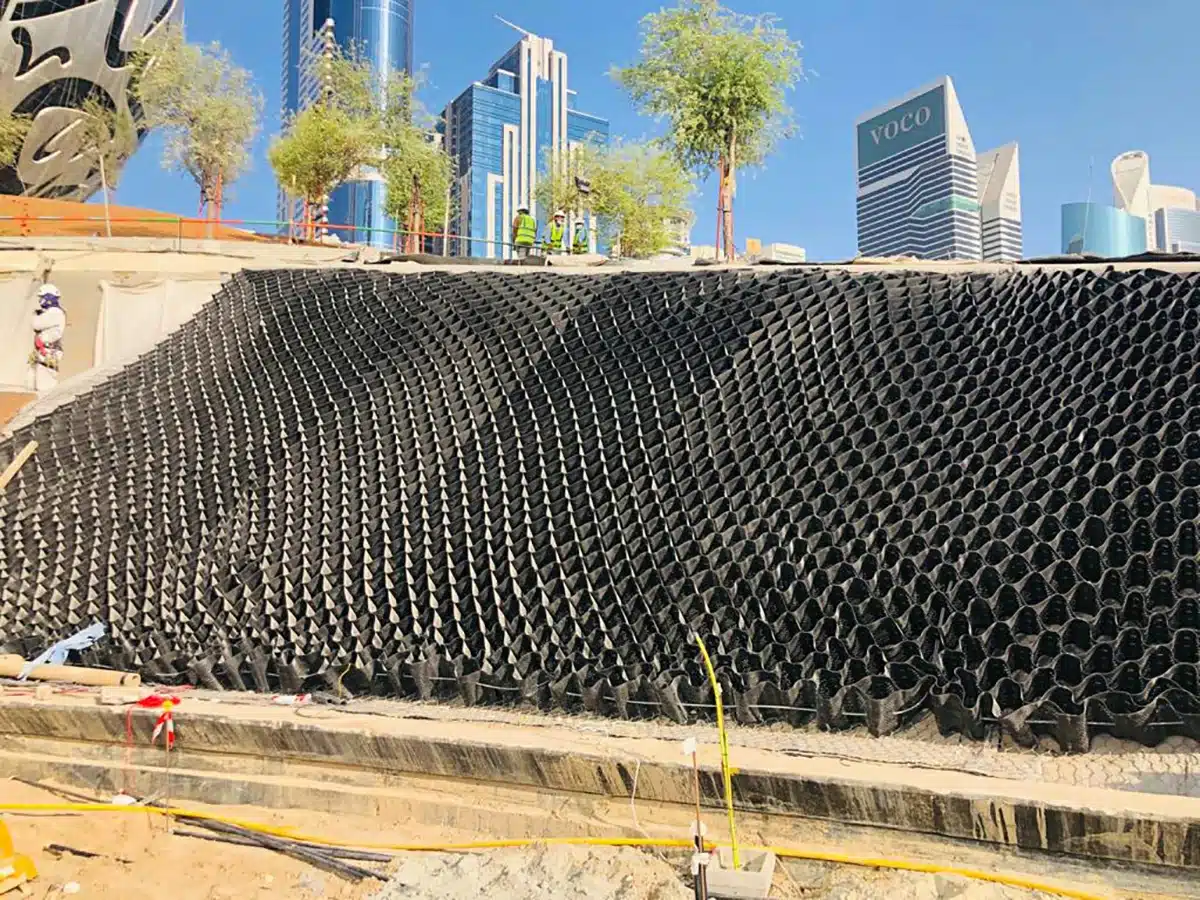
What is a Geocell Retaining Wall?
The linGeocell retaining walls use a 3D honeycomb structure made from geosynthetics to stabilize soil. Benefits include:
- Soil Reinforcement: Distributes load, enhancing wall stability.
- Erosion Control: Prevents soil erosion, especially in wet conditions.
- Cost-Effective: Reduces the need for expensive materials like concrete.
- Durable: Provides long-term stability and resistance to soil shifting.
Geocells are filled with soil or gravel, creating a strong, flexible, and sustainable retaining wall solution.
How Does Geocell Retaining Walls Improve Soil Stability?
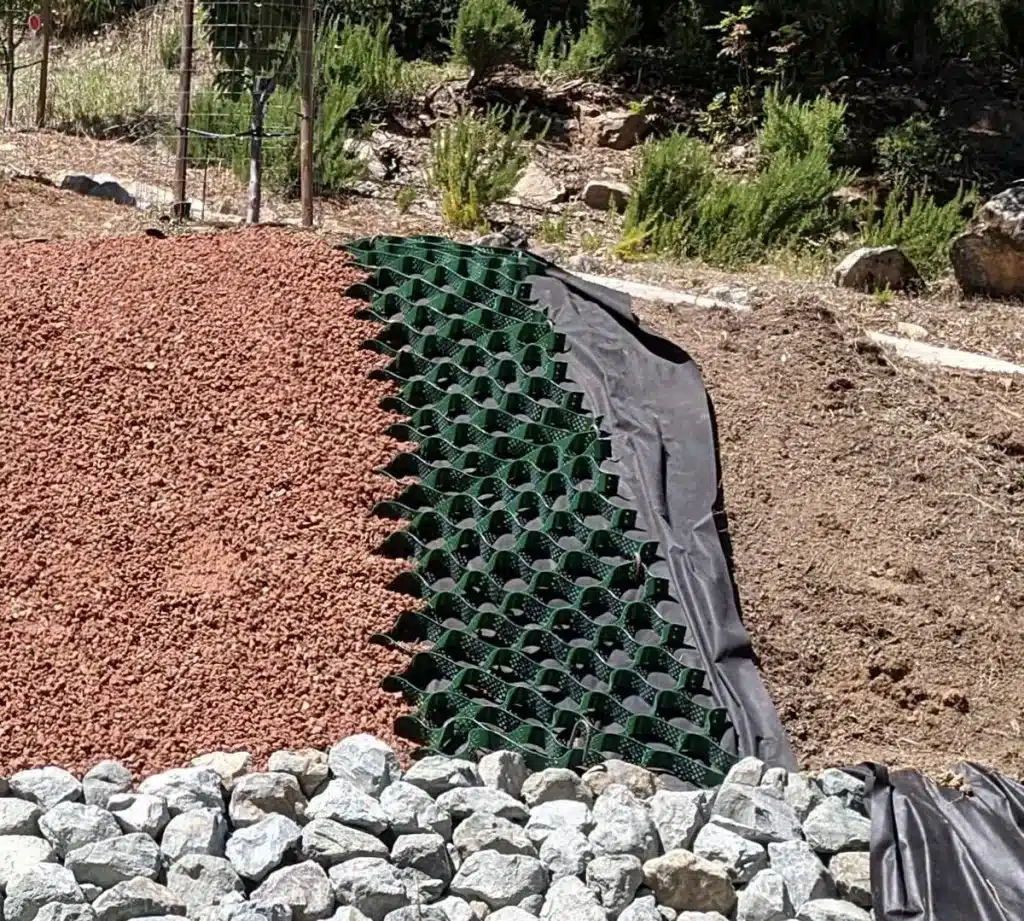
Geocell technology works by confining and reinforcing soil within the interconnected cells of the geocell material. This confinement helps distribute loads more evenly across the structure, reducing the potential for soil shifting and erosion. The three-dimensional nature of the geocells provides additional strength to the retaining wall, preventing failure due to excessive pressure or shifting.
In addition to improving soil stability, geocell retaining walls can help control surface water runoff by allowing water to permeate through the structure, reducing water accumulation and the likelihood of washouts.
What Are the Environmental Benefits of Geocell Retaining Walls?
One of the key environmental advantages of geocell retaining walls is their ability to reduce the need for traditional, resource-intensive materials like concrete or steel. Geocells are made from durable, often recyclable materials, which contribute to sustainable construction practices. By utilizing local soil or gravel to fill the geocells, these retaining walls can significantly lower transportation costs and environmental impacts associated with heavy construction materials.
Furthermore, geocells can be integrated with plantings or vegetation, encouraging natural landscape restoration and preventing soil erosion in environmentally sensitive areas.
When Should You Consider Using Geocell Retaining Walls in Your Project?
Geocell retaining walls are ideal for projects that require soil reinforcement in areas with challenging soil conditions, such as steep slopes, loose sand, or areas prone to erosion. If you are working on projects where traditional retaining walls are either too expensive or impractical, geocell retaining walls offer a cost-effective and flexible alternative.
These walls can be used in a range of applications, from highways and bridges to residential landscaping and slope stabilization. They are particularly beneficial when environmental sustainability is a priority or when local materials are available to fill the geocells, making them a practical solution for both urban and rural projects.
In conclusion, geocell retaining walls are an innovative, sustainable, and cost-effective option for soil reinforcement and erosion control. Their versatility, environmental benefits, and ability to enhance soil stability make them a preferred choice for engineers and contractors seeking durable and eco-friendly solutions.
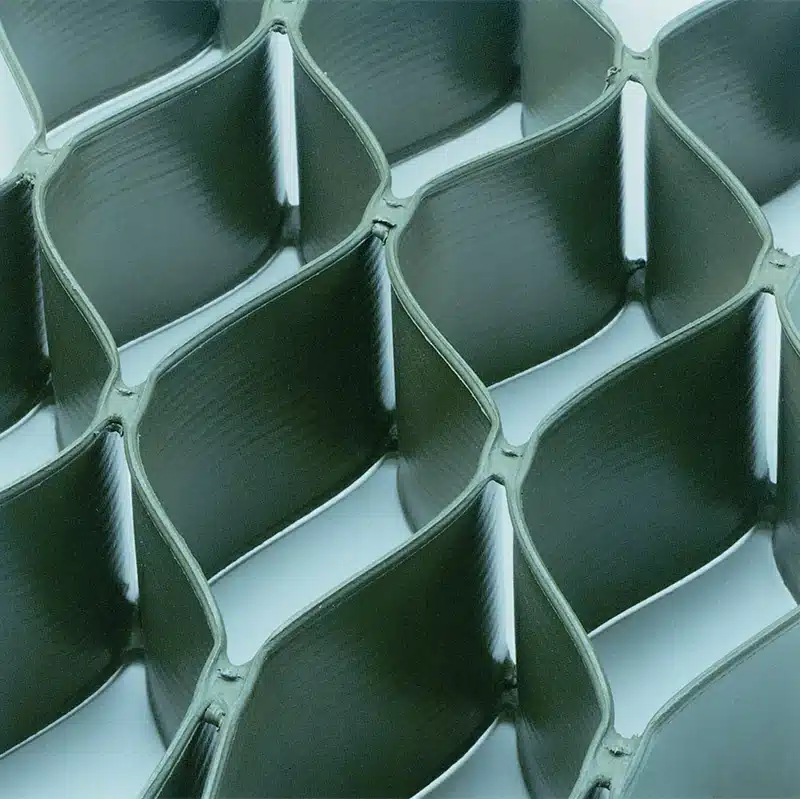
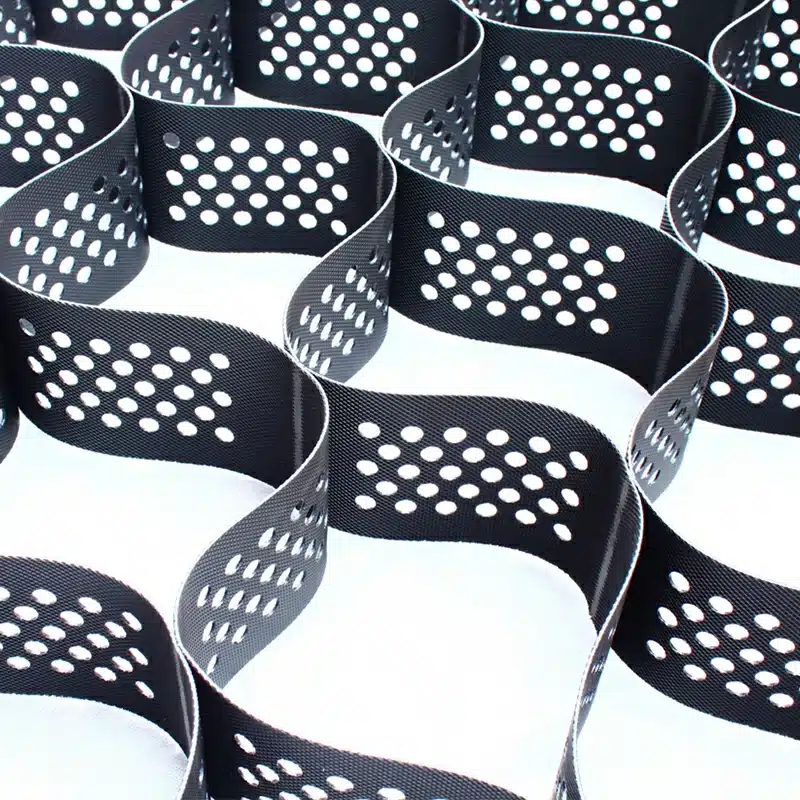
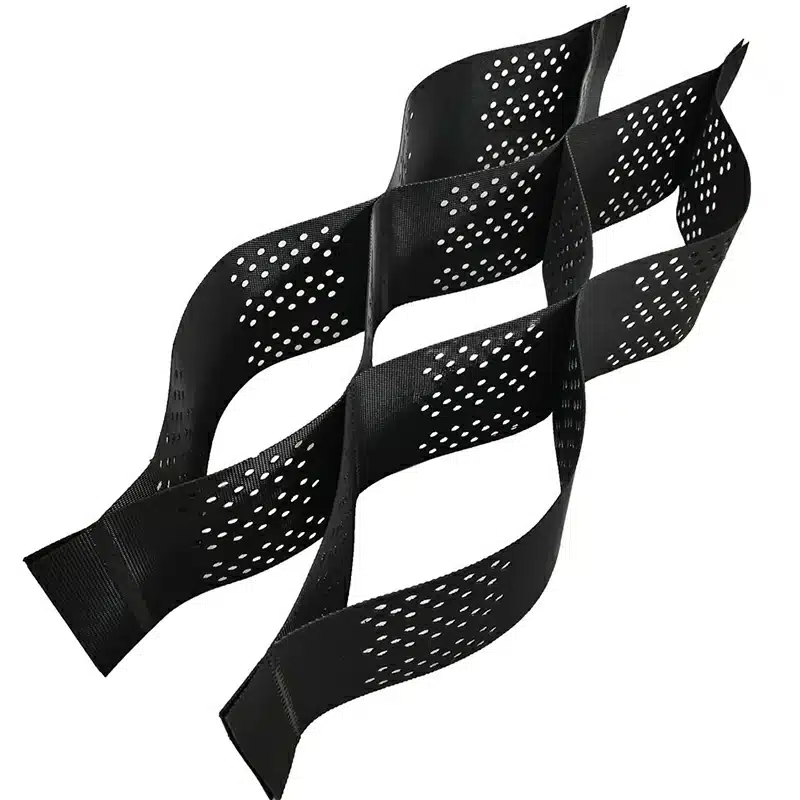
Get Free Sample
We’ll respond as soon as possible(within 12 hours)

